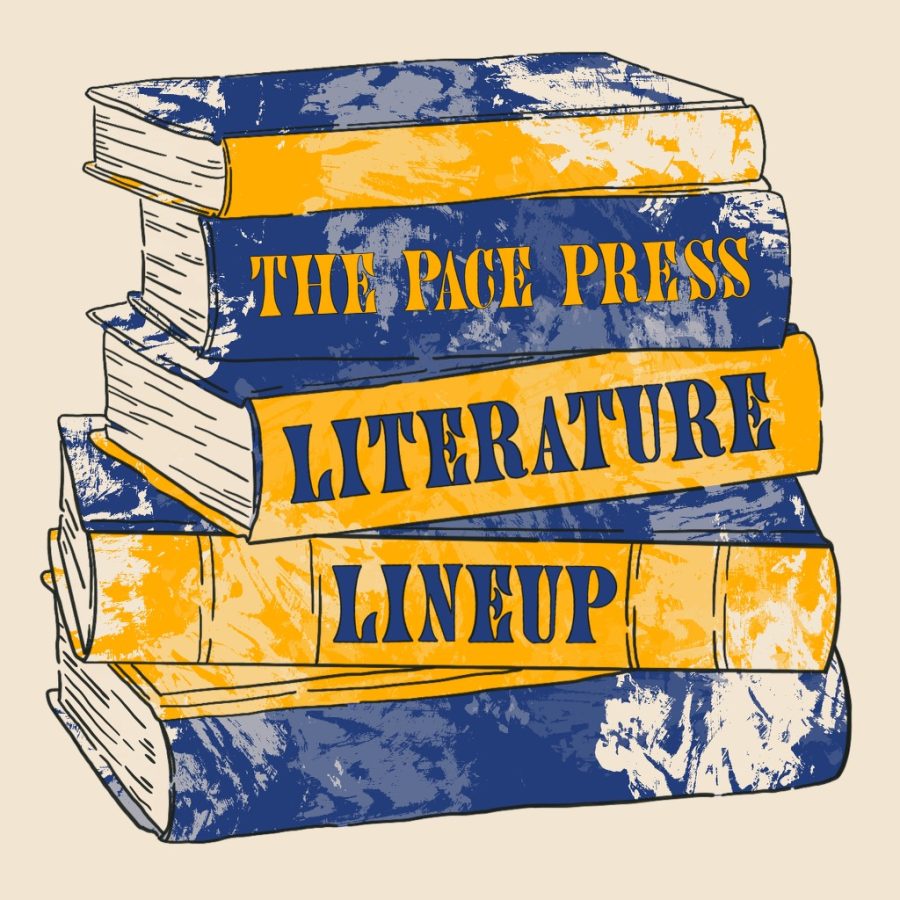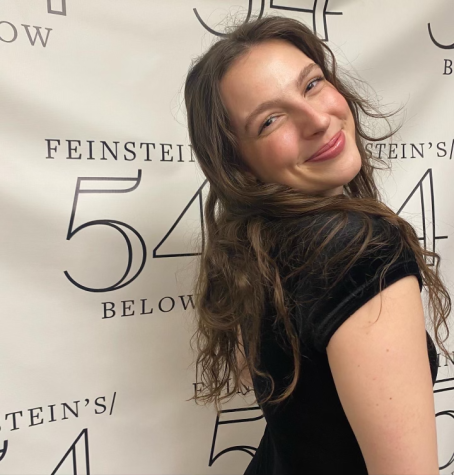The real March Madness is female rage: March’s Literature Lineup
March 23, 2023
With all the talk of basketball and sports brackets that goes on this month, I feel that we need to talk about the real March Madness: female rage. If you’re wondering exactly what female rage is, you’ve come to the right place because there are plenty of examples in literature. And what better time to get to know these raging heroines than during Women’s History Month? With these picks from our all-women staff, you can fully embrace what it means to be a woman (in all its intensity) this March. Keep in mind you don’t have to dismantle modern society as we know it–it’s hard enough to be a woman who’s simply trying to find herself in all of that. But who knows, maybe one day you too can incite a rebellion or disturb the patriarchy just like some of the women in these books!
Zoe Poulis, Features Editor – “Catching Fire” by Suzanne Collins
If your social media looks anything like mine right now, it’s flooded with “Hunger Games” content, and you’re not mad about it. With all four movies on Netflix and the prequel coming out on Nov. 17, the hype surrounding the series is inescapable but understandable. For those who are looking to revert back to your 12-year-old self for 391 pages, might I offer you the crowd favorite book of the trilogy, “Catching Fire.” Not only does this sequel introduce several new characters for readers to obsess over (you already know I’m talking about Finnick), it gives us a closer look at exactly how the Games have impacted Katniss and fueled her hatred for the Capitol. With Katniss now as the unlikely face of the rebellion, the Capitol threatens to destroy everything she’s tried so hard to protect. “Catching Fire” is where things really start to heat up for Katniss (pun intended) as we see her step even further into her role as the Mockingjay. There’s a reason she’s called “the girl on fire”–she’s not going down without a fight.
Mandi Karpo, Editor-in-Chief – “House of Earth and Blood” by Sarah J. Maas
Female rage is multifaceted and can spawn differently in all women. Sarah J. Maas understands this to a T, as every one of her series follows a female protagonist who, at one point or another, will fight to the death (literally) for what they believe in, spewing their feminine energy and dismantling the male hierarchy. The first installment of her Crescent City trilogy is “House of Earth and Blood” and follows half-fae, half-human Bryce Quinlan, who becomes notorious for excessive drug and alcohol use and partyism throughout her college campus and among the Crescent City police. She uses drugs and clubbing as a coping mechanism and expression of the rage and guilt she feels after what happened to her best friend, Danika, the granddaughter of the powerful Werewolf Prime and alpha of the Pack of Devils and her pack. Stepping into a world of fantasy, magic and searing romance, Bryce becomes a phoenix and rises from the ashes to seek revenge on the entity responsible for killing Danika. While the story building takes about the first 200 pages to settle, one can’t help but wonder if they themselves have magical feminine rage that can kill.
Jaeden Pinder, Executive Editor – “Good Morning, Midnight” by Jean Rhys
Dr. Johnson, if you’re reading this, thank you for introducing me to Jean Rhys! I read “Good Morning, Midnight” last fall in her modernism class and now I champion it as one of my favorite novels (even though I say this about all of my Lit Lineup picks). Rhys wrote about female rage before it had a name, and ultimately, prototyped the Sad Girl genre that is adored today. Over the course of two weeks, Sasha Jansen goes to desperate lengths to fit into Parisian society and I think anyone will feel seen when she has a breakdown and gets her hair dyed. This is not to downplay or romanticize her downward spiral because what she faces is tragic, but Rhys generates a protagonist with a consciousness terrifyingly close to the present, despite its publication in 1939. I don’t like to compare books to each other, but for the sake of convincing students to read Rhys, think of “Good Morning, Midnight” as a predecessor to “The Bell Jar,” but better.
Lyndsey Brown, Treasurer – “The Days of Abandonment” by Elena Ferrante
Translated into English in 2005, this Italian novel follows the decay of a seemingly happy relationship (and the subsequent breakdown of the protagonist’s mental state) as Olga’s husband announces that he is leaving her and their two children for another woman. Despite all of the tragedies occurring in her life, Olga realizes that she is strong enough to persevere. With moments of feminine rage, Olga shows true strength in her journey toward happiness when the world is seemingly against her. With a heartwarming ending, “The Days of Abandonment” shows that we are more than our failed relationships and that we are always deserving of love.
Emily Shafer, News Editor – “Paradise” by Toni Morrison
As a huge Toni Morrison fan, it’s surprising that I only just read “Paradise.” This novel follows a small-town community throughout different generations who are bothered by a nearby convent of women. The story jumps between the perspectives of the townspeople and the members of the convent. It’s hard to know who to root for, considering the book opens with the end of the story; the first sentence reads, “They shoot the white girl first. With the rest, they can take their time.” That is the sole reason I decided to read this book, and I 100 percent would recommend it. This story is full of powerful writing and some of the strongest female protagonists I’ve ever read in literature. If you love classical literature, “Paradise” is a must-read!
Sarah Bergin, Arts Editor – “Fleabag: The Scriptures” by Phoebe Waller-Bridge
No one writes rage quite like Phoebe Waller-Bridge, creator of the hit series “Fleabag.” The show is based on a one-woman play that revolves around an unnamed woman and her everyday experiences. Following the success of this dark comedy, she published the scripts as a compilation piece. If you haven’t seen the acclaimed show or read the script, add this to your list! It is great to rewatch or even reread as time goes on. While this is not a conventional pick for the Lit Lineup due to its format, it is worth checking out as you embrace feminine emotion and listen to “mad woman” by Taylor Swift.
Priya Persaud, Opinion & Editorial Editor – “The Silent Patient” by Alex Michaelides
Alicia Berenson, a famous artist turned notorious, has killed her husband Gabriel by shooting him five times. Alicia hasn’t spoken a word since that moment, and her refusal to speak captivates both the public as well as Theo Faber, a psychotherapist, who is determined to work with Alicia and discover what precisely made her willingly mute. Michaelides’s emphasis on heavy subjects that are not typically found in fictitious stories outside of a melodramatic context, such as suicide, self-harm, mental illness and trauma, as well as his usage of greek legends as a literary motif, became a pivotal factor of why so many enjoy this psychological thriller. “The Silent Patient” has a riveting plot twist that is guaranteed to make you wide-eyed and whisper “girlboss” to the pages in front of you.












